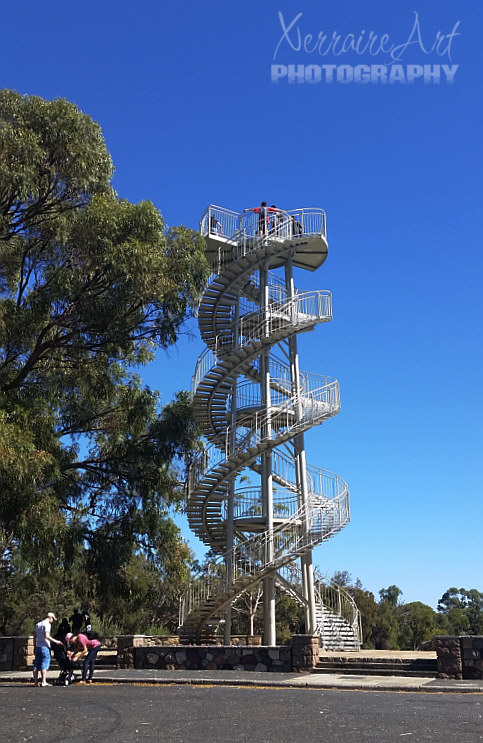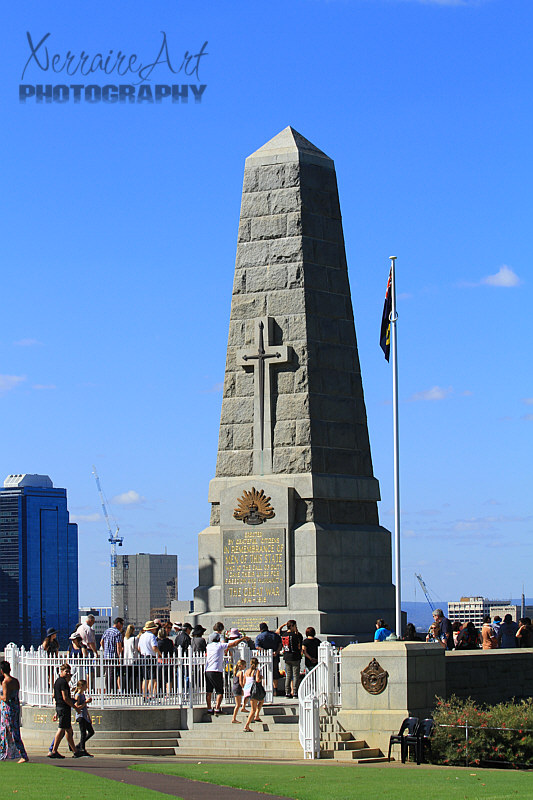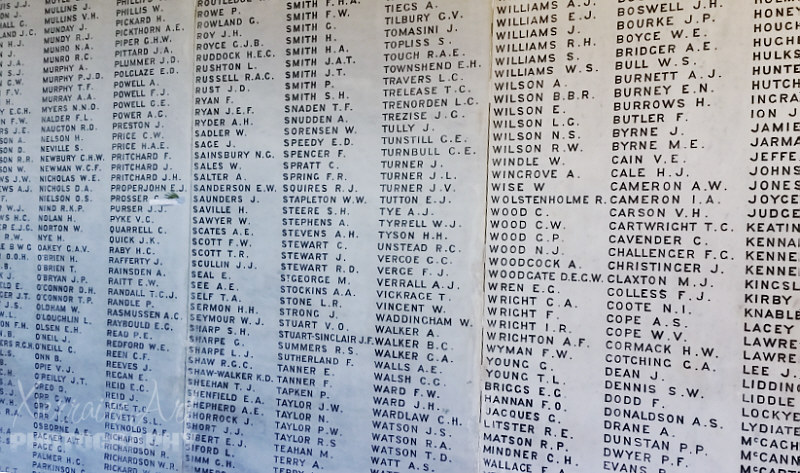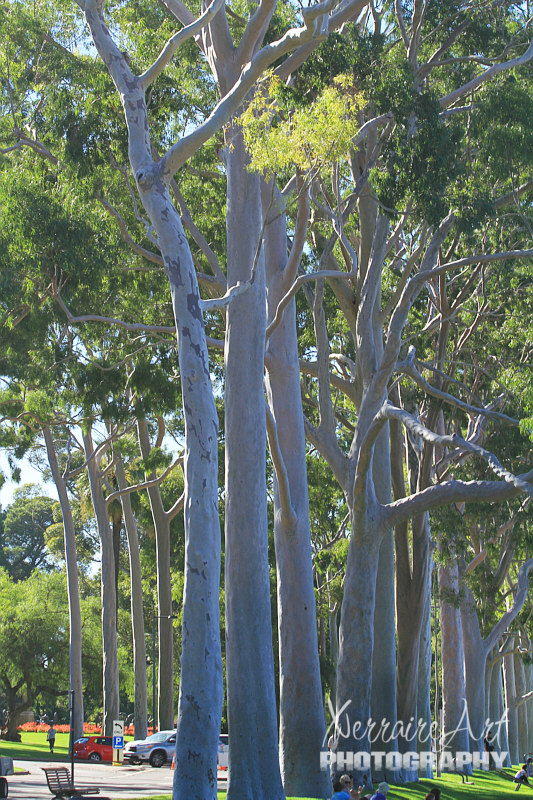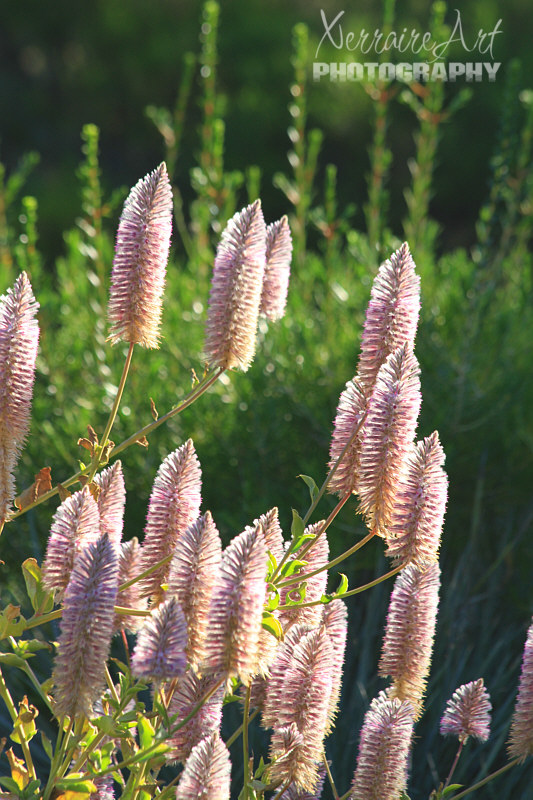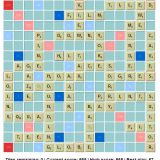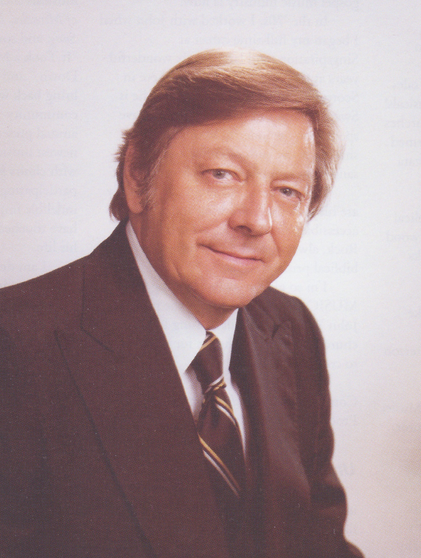King’s Park on ANZAC Day 2017
Anzac Day marks the anniversary of the first campaign that led to major casualties for Australian and New Zealand forces during the First World War.
The acronym ANZAC stands for Australian and New Zealand Army Corps, whose soldiers were known as Anzacs. Anzac Day remains one of the most important national occasions of both Australia and New Zealand, a rare instance of two sovereign countries not only sharing the same remembrance day, but making reference to both countries in its name. When war broke out in 1914, Australia and New Zealand had been dominions of the British Empire for thirteen and seven years respectively.
In 1915, Australian and New Zealand soldiers formed part of an Allied expedition that set out to capture the Gallipoli Peninsula to open the way to the Black Sea for the Allied navies. The objective was to capture Constantinople, the capital of the Ottoman Empire, which was an ally of Germany during the war. The ANZAC force landed at Gallipoli on 25 April, meeting fierce resistance from the Ottoman Army commanded by Mustafa Kemal (later known as Atatürk). What had been planned as a bold strike to knock the Ottomans out of the war quickly became a stalemate, and the campaign dragged on for eight months. At the end of 1915, the Allied forces were evacuated after both sides had suffered heavy casualties and endured great hardships. The Allied casualties included 21,255 from the United Kingdom, of which were some 4000 Irish soldiers from the Royal Irish Fusiliers, an estimated 10,000 dead soldiers from France, 8,709 from Australia, 2,721 from New Zealand, and 1,358 from British India. News of the landing at Gallipoli made a profound impact on Australians and New Zealanders at home and 25 April quickly became the day on which they remembered the sacrifice of those who had died in the war.
Though the Gallipoli campaign failed to achieve its military objectives of capturing Constantinople and knocking the Ottoman Empire out of the war, the actions of the Australian and New Zealand troops during the campaign bequeathed an intangible but powerful legacy. The creation of what became known as an “Anzac legend” became an important part of the national identity in both countries. This has shaped the way their citizens have viewed both their past and their understanding of the present. The heroism of the soldiers in the failed Gallipoli campaign made their sacrifices iconic in New Zealand memory, and is often credited with securing the psychological independence of the nation.
In Perth, ANZAC Day is handled very reverently at King’s Park .
We didn’t go to the Dawn Service, but later in the day we made our way to King’s Park.

We walked past the Pioneer Women’s Memorial. The figure represents a mother with an infant in her arms, stepping forth to meet her destiny. It stands on a stepping stone in the pond surrounded by five other stepping stones and fountains, and is the center piece of the Water Garden.

This is also a banksia, a Teddy Bear Banksia.
(Banksia baueri). Shortly after this, we got one for our own garden!
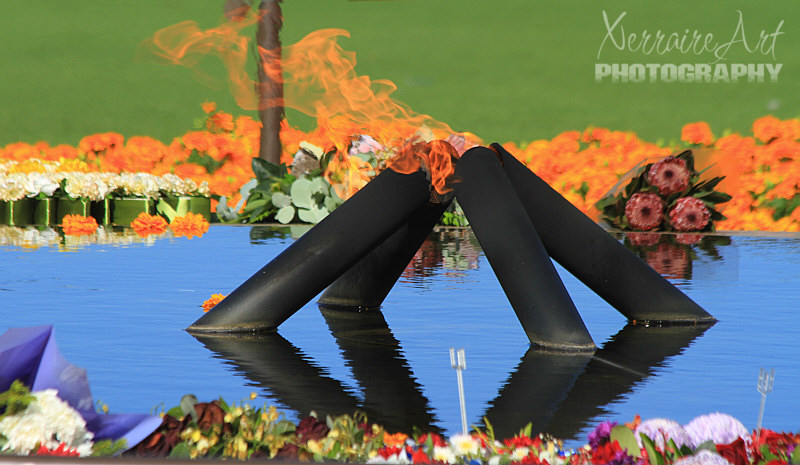
The Flame of Remembrance within the Pool of Reflection (also surrounded by wreaths) was inaugurated by Queen Elizabeth II on 1 April 2000 and burns continuously. It symbolises the promise of all Western Australians: “We will remember them”

After some lunch at the cafe, we took a walk and passed this flower. Eucalyptus macrocarpa, or Mottlecah, is a mallee Eucalyptus that is native to the south-west of Western Australia and noted for its large, spectacular flowers. It must have been an inspiring day at Kings Park, because we also got one of these in our garden!
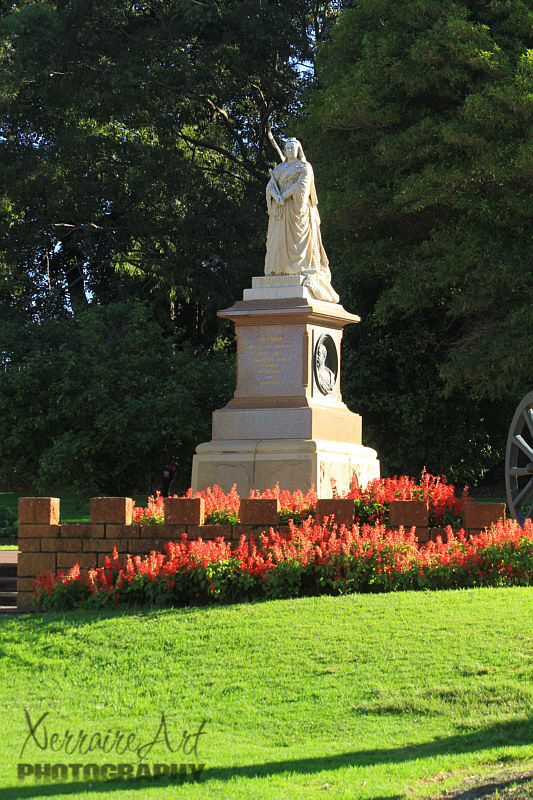
The Queen Victoria Statue was gifted to the city of Perth by Hackett and Allen Stoneham, local and London mining entrepreneur in 1902. It was a replica of another made for the Examination Hall of the Royal College of Surgeons, with the Queen’s robes given to the sculptor to copy the lace into the Carrara marble. The veil was also created in likeness of the Queen’s wedding veil.

